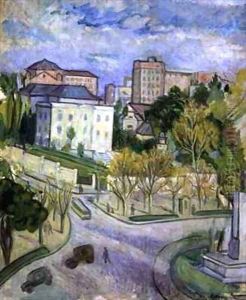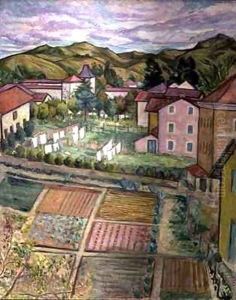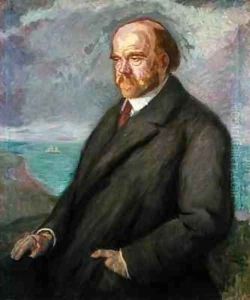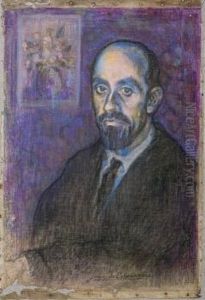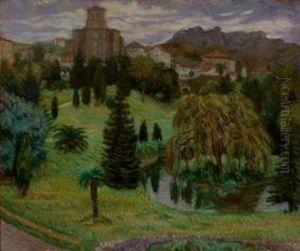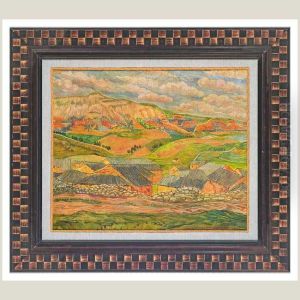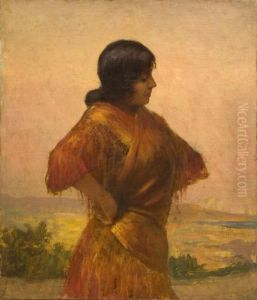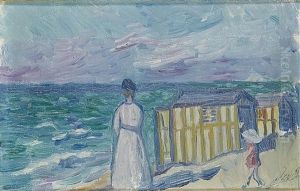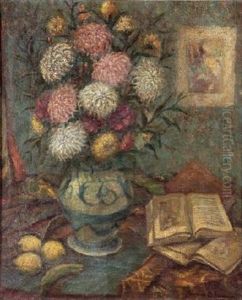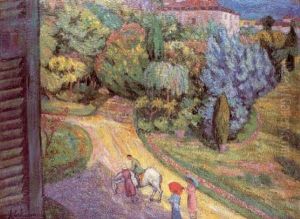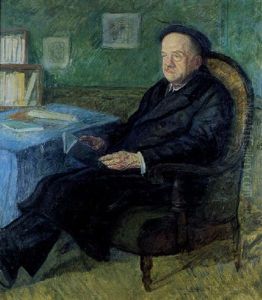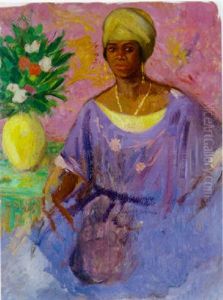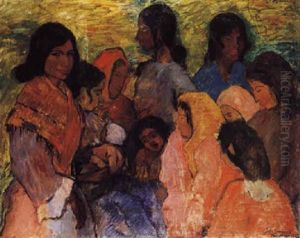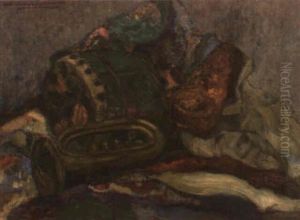Juan de Echevarria y Zuricaldav Paintings
Juan de Echevarría y Zuricalday was a distinguished Spanish painter, born in 1875 in Bilbao, Spain, and who passed away in 1931. Echevarría emerged as a significant figure in the Spanish art scene during the late 19th and early 20th centuries, a period marked by profound cultural and artistic transformations in Spain and across Europe. His work is often associated with the broader movements of symbolism and modernism, reflecting the evolving tastes and philosophies of the era.
Echevarría received his initial artistic training in his hometown before continuing his studies in Paris, a city that was then the epicenter of the art world. In Paris, he was exposed to the latest artistic movements and trends, including Impressionism, Post-Impressionism, and the nascent forms of Expressionism and Cubism. These experiences deeply influenced his artistic style, which combined elements of traditional Spanish painting with the innovative techniques and aesthetics he encountered in France.
Throughout his career, Echevarría exhibited a versatile talent, working in a variety of mediums including painting, drawing, and illustration. His subjects ranged from landscapes and still lifes to portraits and genre scenes, all characterized by a bold use of color, expressive brushwork, and a deep sensitivity to light and atmosphere. Echevarría's paintings often evoke a sense of melancholy and introspection, reflective of the artist's personal contemplations and the broader existential concerns of the time.
Despite the acclaim he received during his lifetime, Juan de Echevarría y Zuricalday's work was somewhat overshadowed by that of his contemporaries, and he has not been as widely recognized in the annals of art history as some of his peers. However, in recent years, there has been a renewed interest in his oeuvre, with art historians and critics reevaluating his contribution to the development of modern Spanish art. Today, his works are held in several prestigious collections and museums, and he is celebrated as an important figure in the transition from the traditional to the modern in Spanish painting.
